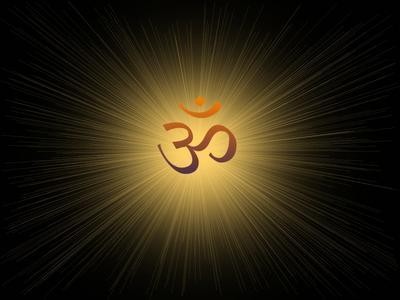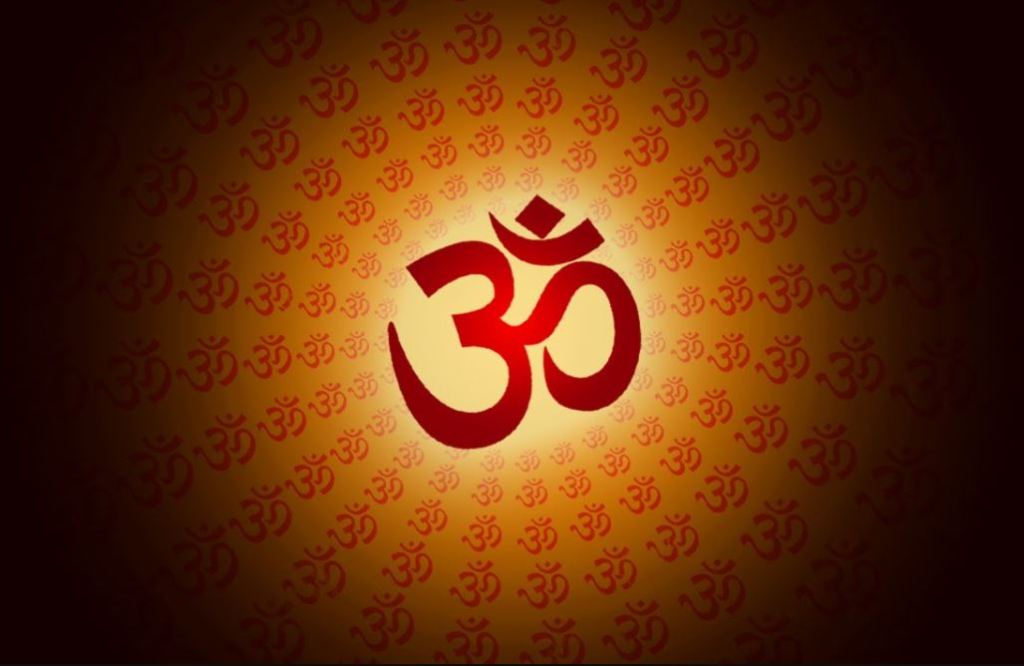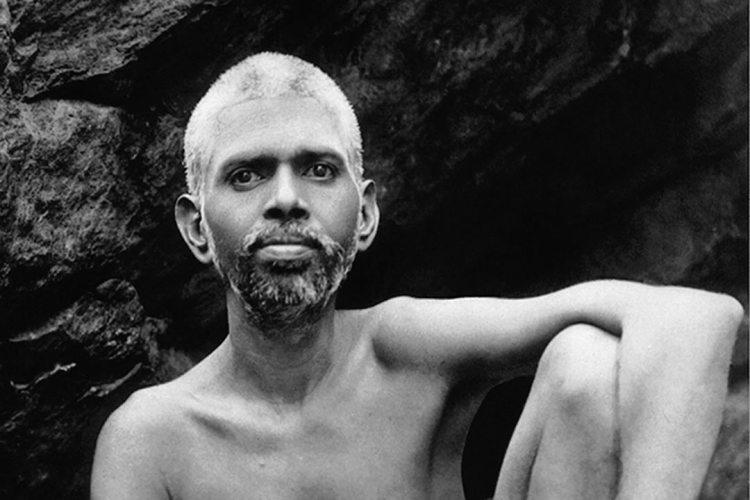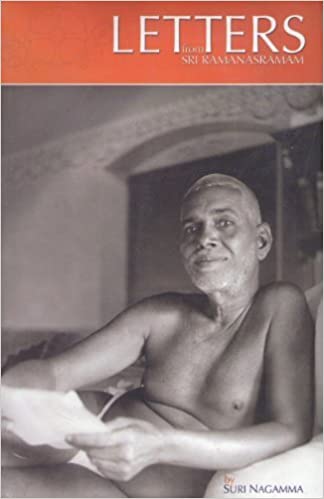Sravana means hearing the teachings. Manana means contemplating upon the teachings. Nididhyasana means meditating upon the Self or placing one’s attention onto the Self in order to discover its true nature. Together these three traditionally sum up the method or process of self-realisation according to Vedanta teachings.
However…
1) There are some that say that Sravana alone leads to self-realisation, and that Manana and Nididhyasana are ancilary practices to just remove the blocks and purify/ripen the mind and ready it for Sravana, and that Sravana is the liberating factor.
2) There are some that say Sravana is just an initial teaching to allow Nididhyasana to finally occur and it is Nididhyasana that is the primary sadhana (spiritual practice) that allows liberation to arise.
This is further confounded as there are scriptural verses in support of both of the above visions of the teachings.
eg.
‘Thus only is It realised-when these means, viz. hearing, reflection and meditation, have been gone through. When these three are combined, then only true realisation of the unity of Brahman is accomplished, not otherwise – by hearing alone.’
~ Shankara’s commentary on Brihadaranyaka Upanishad 2.4.5
and seemingly contradicting this is the following:
‘for highly qualified aspirants, [self-] knowledge can arise even from mere listening to the teachings.’
~ Shankara’s commentary of Brahma Sutra 4.1.2
Swami Satchitanandendra Saraswati’s (SSS’s) view on this
Swami Satchitanandendra Saraswati (SSS) in his many books on the teachings of Vedanta and on Shankara’s commentaries makes the following observation, namely that either Sravana, Manana or Nididhyasana can be the direct causes of liberation (ie. direct cause of removing ignorance), depending on the level of maturity of the (apparent) mind of the seeker. For those interested, Sri Ramana Maharshi says the same here, and also goes further to explain how this can be the case and also how both of the above scriptural passages do not actually contradict each other.
Here is SSS writing in the Appendix of his book ‘The Salient Features of Sankara’s Vedanta‘ on page 82:
6. Sravana (study of sacred revelation), Manana (reflective thinking) and Nididhyasana (concentrated contemplation), are all means for realizing Atman. Highly developed souls, however, who can immediately grasp the true meaning of the Vedic teaching, do not stand in need of any additional effort.
Not taking this principle into account is responsible for the divergence of opinion among commentators of Sankara Bhashya [Tom: Shankara’s commentaries] about the relation of Sravana and Nididhyasana. Of these, some aver that Sravana is the principal means and the other two are only ancillary to it; while others insist that nididhyasana is the one means to direct realization and without it mere Sravana would be of no avail.
7. Sravana and the other means [Tom: ie. manana and nididhyasana] are enjoined only in so far as they turn the seeker inwards and direct him to stay his mind on Atman, but the resultant knowledge is no object of any injunction. [Tom: ie. Sravana, manana and nididhyasana all have their intended effect of self-realisation by turning the seeker’s attention towards the Self, but that the Self that is subsequently realised as truth cannot itself be caused or created by any spitirual practice or effort or action, ie. the Self is uncaused and uncreated]
Those who cannot distinguish between the’ effort required for Sravana, etc, and the resultant knowledge in each case, have made it a matter for controversy whether or not ‘srotavyah’ [Tom: lit ‘that which is (to be) heard’, ie. scripture] and similar texts constitute true injunctions. Some of them maintain that these are all injunctions while others insist that they are seemingly injunctions in form but are really statements of fact. Some even think that they are merely eulogistic statements. [Tom: ie. because Shankara says actions or karma cannot lead to liberation or Jnana, there is argument about the ontological status of whether or not the 3 sadhanas of sravana, manana and nididyasana are karmas or not. In truth we should know that the Self is not a product of any action, but that the sadhana is an action that occurs in the phenomenal world of maya, and so if we discern properly between these 2 there is no real conflict.]
8. Manana refers to the type of reasoning suggested by the Sruti itself conducive to experience. Hence the term ‘experience’ here should be understood to mean the supersensuous intuition [Tom: ie. Self knowledge] which results from our enquiry which takes in one sweep the whole field possible of whatever is knowable.
From this the reader has to understand that use might be made of ordinary reasoning also in so far as it is conformable to the reasoning suggested by the Sruti. Advaitins do try to disclose the hollowness of other systems according to the course of reasoning accepted by themselves. But Advaita itself cannot be established by means of pure logical ratiocination. People who are not aware of this fact, often try to apply speculation or inferences based upon partial experiences to Vedanta also. Others condemn all reasoning and affirm that reasoning is of no use in matters taught by the Sruti. So they interpret Sruti according to their own predilection and place their own convictions before seekers as the final Vedantic truth.
9. Nididhyasana is that kind of spiritual discipline by means of which one concentrates one’s mind on the subtle principle, Atman. At the end of this discipline, one becomes conscious of the fact that the mind itself is a superimposition on Atman. Then the mind becomes no mind, that is to say, it is realized essentially as Atman himself.





